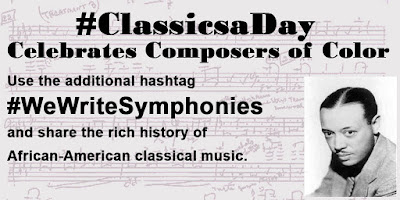Two new offerings on eBay provided some additional information on the evolution of Shioji's line of friction toy trucks.
In Part 28 I outlined the development of the trucks from the mid-1950s through 1963. At that time there was a change from all-metal to a mixture of metal and plastic. These new offerings are from that post-1963 transition period.
 |
| L-R: Gen 3 tank and cattle trucks; Gen 2 covered bed and dump trucks; Gen 1 tow and express trucks. |
A Bit of Background
During the late 1950s, Shioji offered a series of all-metal friction toy trucks. The primary differences were the truck bodies. But there were some small changes in the manufacturing process over time as well. These changes made these toys a little cheaper to manufacture. And with the slender profit-margins Shioji was working with, any cost-cutting was welcome.
Here's how I've broken down the changes:
- First generation: Rivethead hubcaps, flat chassis bottom, six securing tabs.
- Second generation: Solid hubcaps (cheaper to make and install), rounded chassis bottom
- Third generation: Four securing tabs instead of six
Using up inventory
The fourth generation used a plastic cab and frame. Why not just go to injection-mold plastic? I think the answer was cost. First of all, creating a brand-new set of molds was expensive. And I believe that Shioji had some leftover parts from their previous runs.
The fourth generation trucks have solid hubcaps (from Gen 2) and use the truck bodies from the previous runs.
I had previously found two examples of Gen 4 plastic chassis trucks.
In these models, Shioji replaced the stamped metal cab and frame with plastic one. Although the cab shape is different, it's made to fit the same metal parts of the old Shioji trucks.
 |
Gen 4 plastic trucks. The one at left has a Gen 3 tank body, the other
a Gen 2 covered bed. |
The new listings offer some additional variations -- and insights -- into the later days of this truck's production run.
 |
Gen 4 plastic trucks. The one at left has part of the Gen 2 covered bed.
The other a modified Gen 1 tow assembly. |
One of the trucks has an open yellow bed. It's one of the components for the Gen 2 covered bed. Both versions were offered. I haven't found an example of the open bed on an all-metal Gen 2 chassis. My conclusion is that Shioji had fewer covers than beds in their inventory. Once the covers were gone, the truck was sold with just the bed.
Also of interest is the tow truck. Originally offered in Gen 1, the body is pretty complicated. It has a white frame. Attached to it are a yellow crank assembly and a yellow crane. All three pieces need to be shaped, painted and tabbed together. The Gen 1 version also has a side panel that's also tabbed to the frame.
 |
In this shot, you can see the separate "Service" side panel. Note in the back
the tab holding the other side panel in place. |
 |
| The Gen 4 version of the body eliminates the separate side panels. |
These side panels are missing from the Gen 4 version. Two fewer pieces to manufacture and assembles means a little more to the bottom line. I do wonder how many pieces of the tow truck were left over. If the side panel slots were one the frame, I would have guessed all of them.
But there are no slots, so these frames were made from a modified stamper. Perhaps there were some bins of the yellow tow truck parts that needed to be used up.
And there's another mystery. The Gen 4 tow truck doesn't have the crank, string or hook. These were always early casualties with this toy (even the Gen 2 version). It would have been cheaper to simply leave these parts out and let the child's imagination supply them.
Is that what Shioji did? I'm not sure -- yet.











































